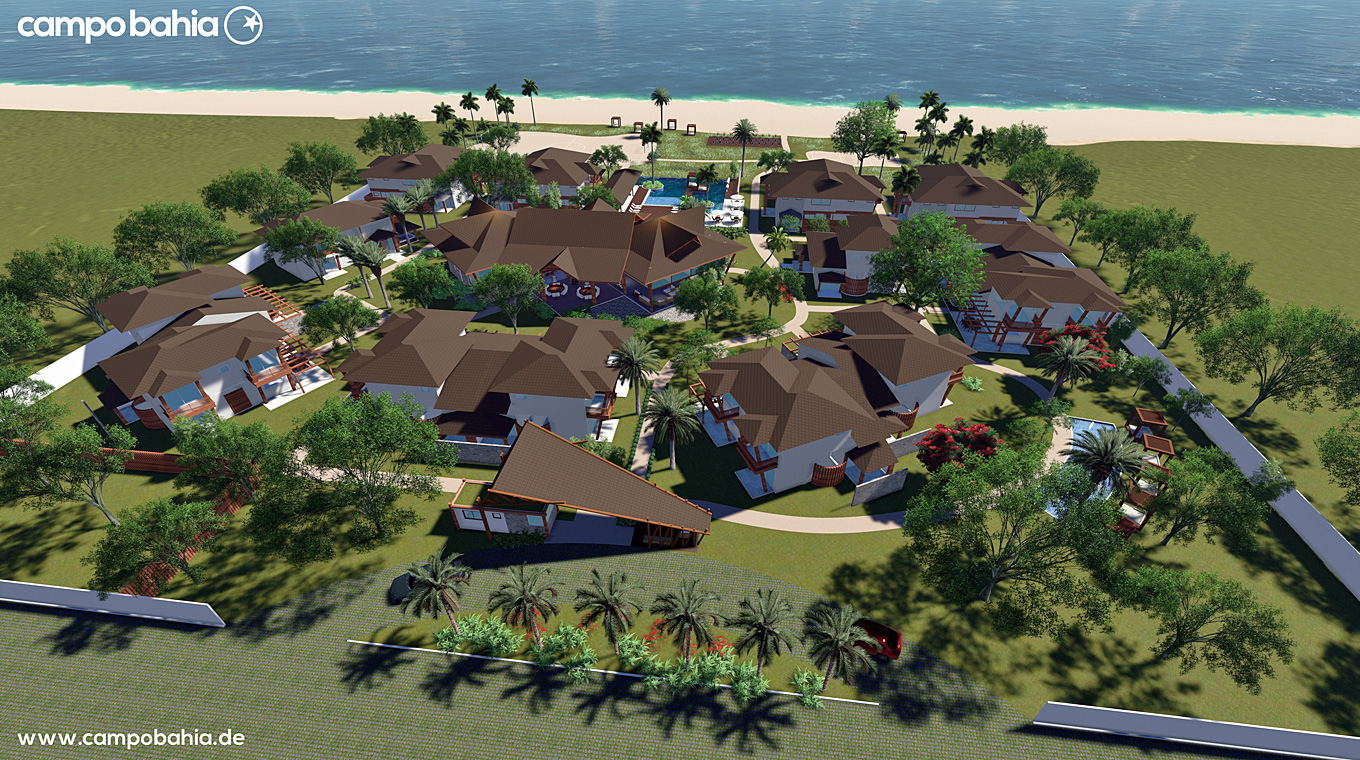With Germany reaching the World Cup semifinals, a key to the team’s success in Brazil may be an unorthodox approach to travel and logistics: Building a base camp in the center of the country, Campo Bahia.
A major concern for World Cup 2014 team managers was the logistical nightmare of significant travel, with matches spread throughout the expansive country. With each team playing three group stage games in three different cities, national soccer organizations needed to not only arrange the teams’ travel, but also find appropriate lodging, practice and media facilities for their teams – all told, no small task.
The German Football Association’s solution? Pick a central location and build the perfect base camp.
Campo Bahia, the resulting resort style accommodation, built at a cost of approximately $40 million, is indeed perfect.
The facility is located in the northeast of Brazil, on an Atlantic beach in the state of Bahia. It is close to the airport in Porto Segura, in an area where traffic is unlikely to make travel difficult to and from the team’s charter flights. The location was chosen so that flights to each of the group stage games – in Salvador, Fortaleza and Recife – would be no more than two hours away. By contrast, England’s team, staying in a hotel in Rio de Janeiro, was apparently over an hour by bus from their training ground, an army base, and over two hours from the international airport, to say nothing of their onward journey.
In addition to its prime location, Campo Bahia has all of the modern conveniences. There are 60 units on the property, housed in two story bungalows facing either the beach or the 2,000 square foot central pool and spa.
The facility was also purpose-built for this year’s World Cup squad – it includes a training pitch, fitness center, a restaurant kitchen for preparing healthy, safe food (another concern of other teams in Brazil), tight security, and a media center for team interactions with the press.
German National team manager Oliver Bierhoff suggested that Campo Bahia’s conveniences were “very important for all concerned: players, coaches and media representatives alike. The squad can have their own space but at the same time it is all in a relatively small space and there is a central complex which will help promote team spirit.”
Built with local ecosystems and communities in mind, the site meets tight environmental and ornamental strictures, and future plans for the site include a youth soccer academy, and the expansion of a nearby orphanage.
Best of all, the DFB didn’t even pay for it. The project was funded by a Munich-based property developer with plans to market the facility as an upscale resort and athletic based conference center after the World Cup.
In fact, you can make your reservations now online. You can be the first tourist to follow in Per Mertesacker’s massive footsteps in the sand, soak in the same hot tub where Manuel Neuer soaked, even lounge in Bastian Schweinsteiger’s lounge chair by the pool.
The future touristic appeal of such a project, and the wisdom of building team facilities for a World Cup, remains to be seen. If the Germans hoist the trophy later this month, perhaps one factor in their victory will have been Campo Bahia. If so, purpose built team resorts could become a standard model – national football associations, and Russian resort developers, should start thinking about 2018.

